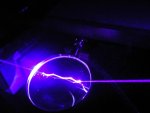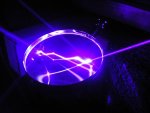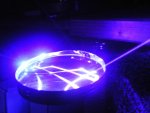- Joined
- Jan 14, 2011
- Messages
- 3,816
- Points
- 63
Hey all. Was fiddling around with my biconvex magnifying glass and my lasers and noticed something... odd.
Here are some pictures....
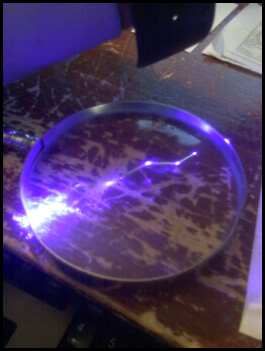
Now it may look like the reflection of the beam is just re-entering the lens. But here is proof that (at least some of) it never exits....
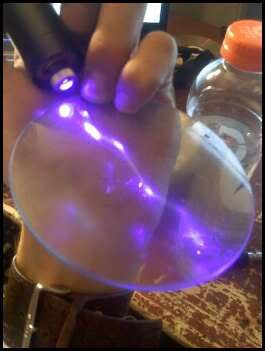
From what I know about fiber optics, it is a material through which the light passes through that has a "threshold" angle, below which light will be reflected internally.
Now, this was done with my 405nm PHR, but when I tried it with my 200mW 532nm greenie, it didn't work as well, and when I tried it with my LOC, it didn't work at all.
Any explanations?
Here are some pictures....

Now it may look like the reflection of the beam is just re-entering the lens. But here is proof that (at least some of) it never exits....

From what I know about fiber optics, it is a material through which the light passes through that has a "threshold" angle, below which light will be reflected internally.
Now, this was done with my 405nm PHR, but when I tried it with my 200mW 532nm greenie, it didn't work as well, and when I tried it with my LOC, it didn't work at all.
Any explanations?






